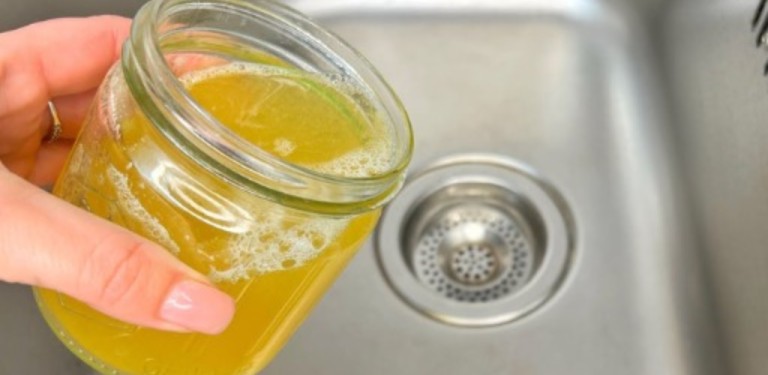ADVERTISEMENT
e the handle to push the coil deeper into the pipe. The tip of the snake breaks through the clog, allowing it to either be pushed further down the line or retrieved and removed.
For Complete Cooking STEPS Please Head On Over To Next Page Or Open button (>) and don’t forget to SHARE with your Facebook friends
Some plumbing snakes have a crank handle, while others are powered by a motor to provide even more force for tough clogs. While manual snakes are best for smaller jobs, motorized snakes are perfect for more severe or deeper blockages in main sewer lines.
How to Use a Plumbing Snake for Cleaning Sewers
Using a plumbing snake to clean sewers may sound complicated, but it’s actually quite simple. Here’s a step-by-step guide on how to use this tool:
Step 1: Gather the Necessary Tools
- Plumbing snake (manual or motorized)
- Gloves (to protect your hands from grime and bacteria)
- Bucket (to collect any water or debris that may come out)
- Towel or rags (to clean up any mess after the job)
Step 2: Locate the Sewer Access Point
Find the sewer cleanout point, which is usually a capped pipe located outside your home or near the main plumbing line. You may need to remove a cap or access panel to expose the pipe.
Step 3: Insert the Plumbing Snake
- Insert the tip of the plumbing snake into the sewer access pipe. Push it in slowly while rotating the handle (or turning the motorized switch if you’re using an electric snake).
- The snake will begin to move through the pipes, and you may feel some resistance as it reaches the blockage. Keep pushing and rotating the handle until you feel the clog break free.
Step 4: Clear the Clog
- Once you’ve broken through the clog, pull the snake back out slowly, rotating it as you go. This helps dislodge any remaining debris.
- If the clog is still there, you may need to reinsert the snake and repeat the process. In some cases, a bit of gentle back-and-forth movement can help the snake grab onto stubborn debris.
Step 5: Flush the Pipes
After removing the clog, flush the toilet or run water through the drain to ensure the pipe is clear. This will help you determine if the blockage has been fully cleared or if you need to repeat the process.
Step 6: Clean Up
Once the job is done, clean your tools and the area around the pipe. Dispose of any debris that came out during the process and wipe down the plumbing snake.
For Complete Cooking STEPS Please Head On Over To Next Page Or Open button (>) and don’t forget to SHARE with your Facebook friends
Tips for Maintaining Your Sewer System
- Regular Inspections: Regularly inspect your drains and sewers for signs of clogs, slow drainage, or unpleasant odors. The sooner you spot a problem, the easier it will be to fix it.
- Use a Drain Trap: Installing a drain trap or strainer can help catch debris, hair, and food scraps before they go down the drain, reducing the likelihood of clogs forming.
- Don’t Flush Problematic Items: Avoid flushing non-degradable items like wipes, paper towels, or hygiene products. These can create blockages in your sewer system that will be hard to clear.
- Use Natural Cleaning Methods: If you prefer to avoid harsh chemicals, use natural cleaning methods like baking soda and vinegar to maintain clear drains. Regular use of these solutions can help prevent grease and soap scum buildup.
Conclusion: A Simple, Effective Solution for Cleaner Sewers
A plumbing snake is an incredibly effective and easy-to-use tool that can help you keep your sewers and drains clean and free from clogs. Whether you’re dealing with a minor blockage or a more serious sewer issue, this tool can save you time and money, making it an essential addition to any homeowner’s toolkit.
So, the next time you notice a slow drain or a foul odor in your bathroom or kitchen, grab a plumbing snake, and get to work. With a little effort, you’ll have your sewer system running smoothly, and your home will stay fresh and clean.
